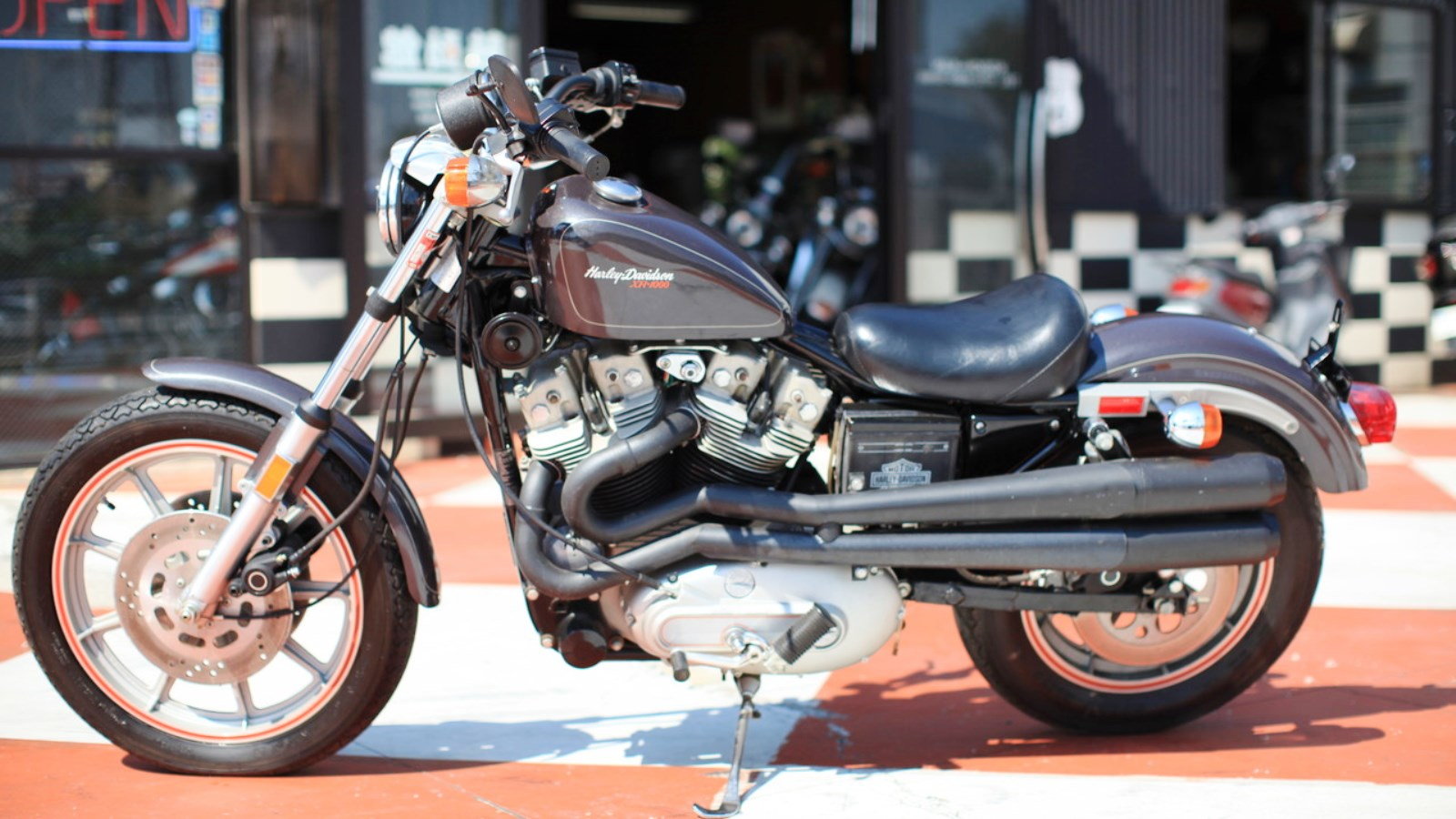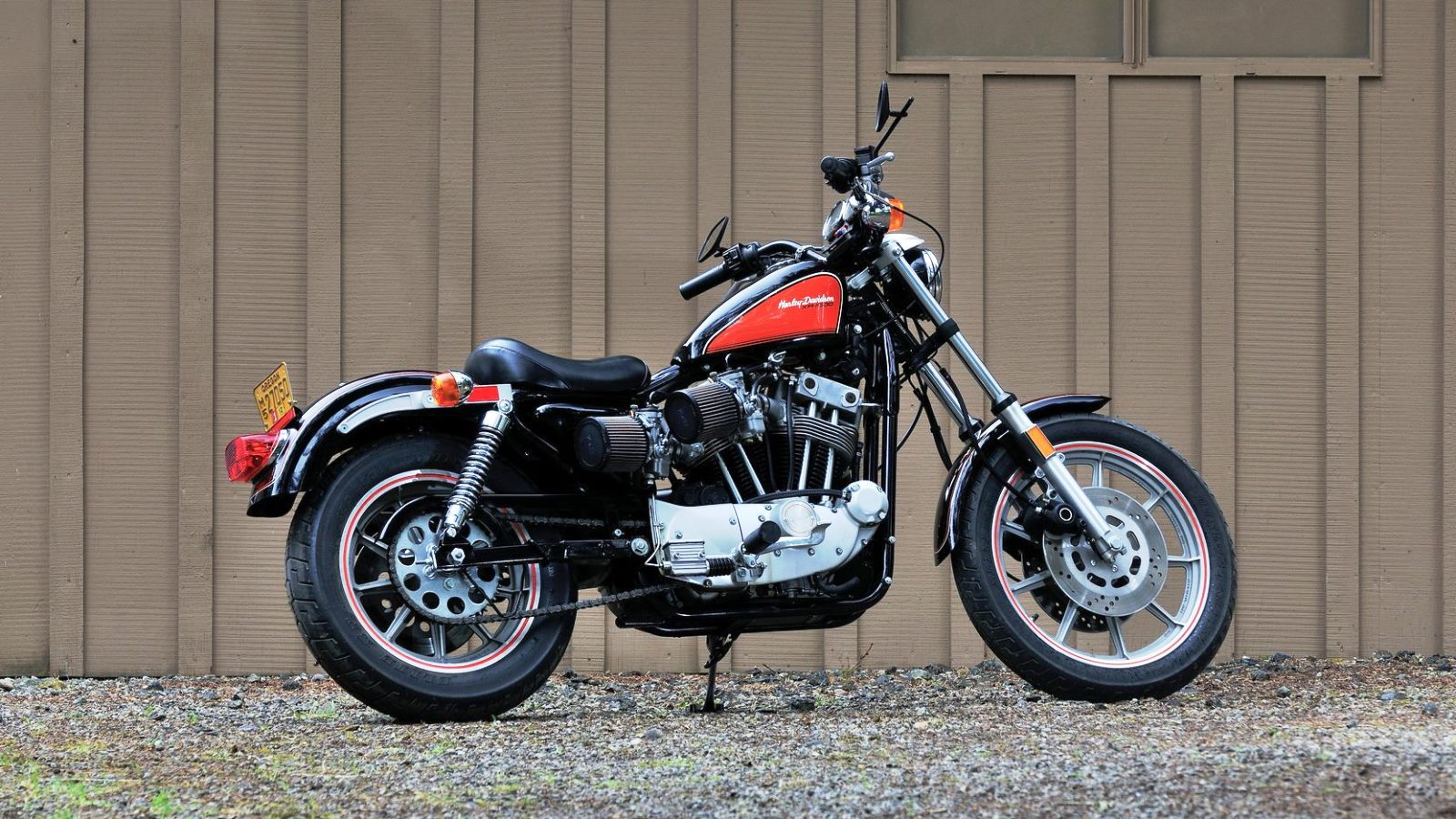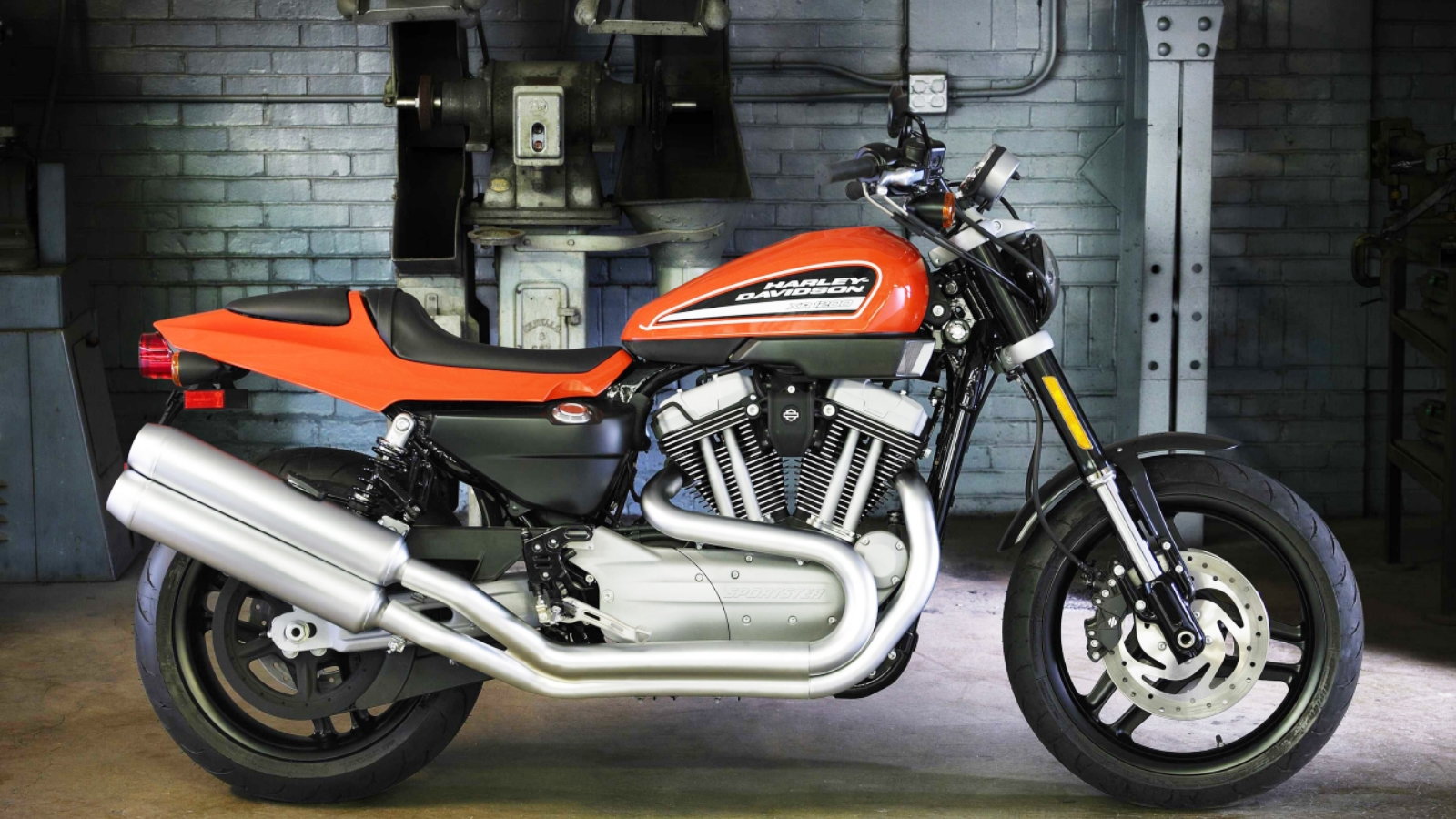9 Facts About the 1983-84 Harley-Davidson XR1000
Street trackers are a blast to ride if you don't have far to go, and want to enjoy the twisty bits, and the Harley-Davidson XR750 is dominant on the flat tracks, so why was the factory produced, street legal, XR1000 such a failure? Maybe it's time to try again with another XR1200?


















1. Race Bike for the Street
With Harley being beaten by the Japanese or Europeans in almost every form of motorcycle racing, building a bike that celebrated flat track, where they were still dominant, made a lot of sense. The XR750 and Sportster XL883 shared a common ancestor, but had evolved to share almost no common parts. The race shop, engineering team, and stylists went to work in 1981 to create something as reliable on the street as a Sportster, but with the look and power of a full bore race bike.
2. Weights and Measures
Part of making a bike faster is making it lighter, which also helps you get around corners, and the other part is making more power. The XR1000 weighed just 500lbs ready to ride, and made 70hp, that's about 40lbs less and 20hp more than the normal 1000cc Sportster of the day, and perhaps more importantly 40% more power. This was accomplished by stripping off anything non-essential, and creating a special top end based on the race bike.
3. Neither Fish nor Fowl
When the project started, it was hoped to use mostly modified Sportster parts, but that was not the case. The chassis and frame were mostly shared with the lesser Sportsters, but the engine used many parts unique to the XR1000. The race bike used aluminum cylinders, but they would not accept an overbore to take them to 1000cc, and iron Sportster cylinders were not comparable with XR750 cylinder heads, so all new units had to be cart. Even with special pistons, the combustion chambers were too small in the XR750 heads for 1000cc and street gas, and a huge part of the look depended on both exhaust ports being at the front of the heads, and two carburetors feeding the rear ports.
4. No Bargain
Because of all the custom parts that had to be engineered and produced, the XR1000 was not the performance bargain and profit source the Motor Company had hoped. Plus, in order to get the desired level or power out of them, every motor had heads ported by Jerry Branch before assembly. With the regular 1000cc Sportster in showrooms with a $4,000 sticker price, the XR1000 listed at $7,000. If you shopped at Honda or Kawasaki you could get a KZ1000, or CB1100 for less than $4,000 with 20 or 30 more horsepower. Even at Harley-Davidson, the XR1000 was almost the most expensive bike there, costing more than many of the big twins. Some sat on dealer showroom floors for years without selling.
5. Rare Bird
Because of it being such a sales dud, the XR1000 did not get built in large numbers. While Harley made more than 5,000 XLX 1000 Sporsters, just 1000 XR1000 bikes left the factory in 1983. The next year was even worse, with only about 700 XR1000 bikes made and shipped out. Considering how rare they are though, you can find them for sale and they can be bought for about $10,000 for a nice example, perfect low mileage bikes go for less than $15,000.
6. Lucifer's Hammer
Racers are going to race, and the new 1000cc XR motor was perfect for AMA Battle of the Twins road racing. Because bikes had to be production based, and were allowed up to 1000cc, the XR750 was neither legal nor competitive in this type of racing. Gene Church, on a specially built XR1000 dubbed "Lucifer's Hammer," won the big BOTT race in Daytona during bike week in early 1983. This was the first road race victory for Harley in many years, and would be the last Harley to be campaigned on a road course by the company until the VR1000 ten year later.
7. Factory Options
If you bought an XR1000 and you wanted to make it even more powerful, or more practical, or better handling, you could get the parts right from the factory. The basic XR1000 came with the typical Sportster 2.2 gallon peanut tank, but you could upgrade to the 3.3 gallon version. The stock rear wheel was also the typical 16" you got on a lot of other Harleys, but for serious corner carving, you could spec it out with an 18" for slightly more rear ride height, and a better selection of tires. The big ticket item though was the hop up kit, which upped the compression to 10.5 to 1 (from 9:1) and added more aggressive cams, and a straight through exhaust, for about 90hp. The bike pictures had the larger wheel, but the small tank, and who knows what engine improvements.
8. Buckaroo Banzai
Also produced in 1983 was the movie Buckaroo Banzai, which has the hero chasing after the villains on a Harley XR1000 in one crucial scene. Peter Weller "borrows" a new Harley from the back of a truck setting up a dealer trade show or something, and gives chase to a van full of aliens who have kidnapped a friend and colleague. It is hard to imagine what other bike a brain surgeon, scientist, rock star, land speed racer would ride.
9. 2009-2012 Harley-Davidson XR1200
The spiritual successor to the old XR1000 was the XR1200 introduced in 2009, and sold until 2012. With a hotted up Sportster motor, with lots of tricks that Buell taught them, beefy upside down front end, and piggyback rear shocks, this bike was the sportiest thing Harley had sold in decades. It had a sort of flat track look to it, but it did not have the iconic style of the real deal XR750 and XR1000, with two carbs on one side, and two mufflers on the other side. What it did have though was an honest 84hp, measured at the rear wheel, but it also had 583lbs to haul around.
...And if you need any help getting your bike back on the road, or keeping it there, you can find it in the How To section on HDForums.com.

